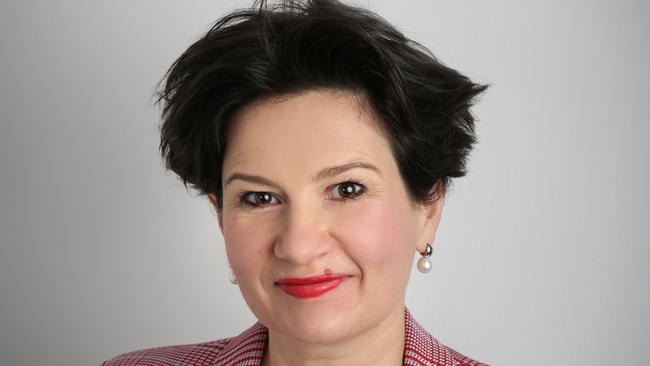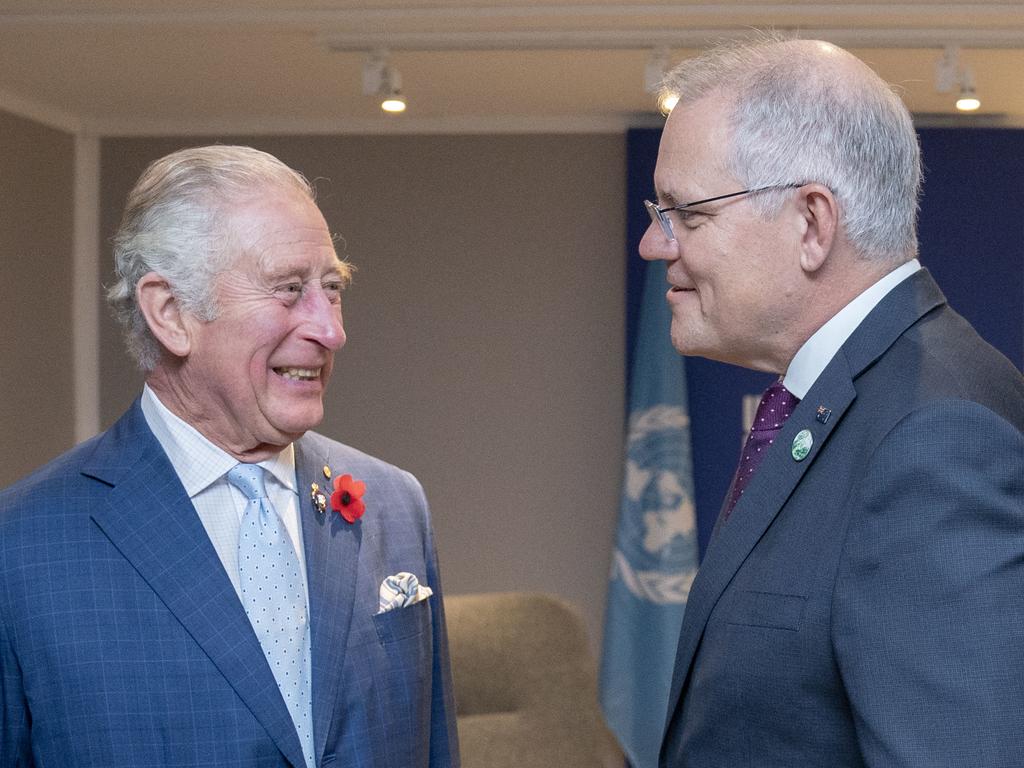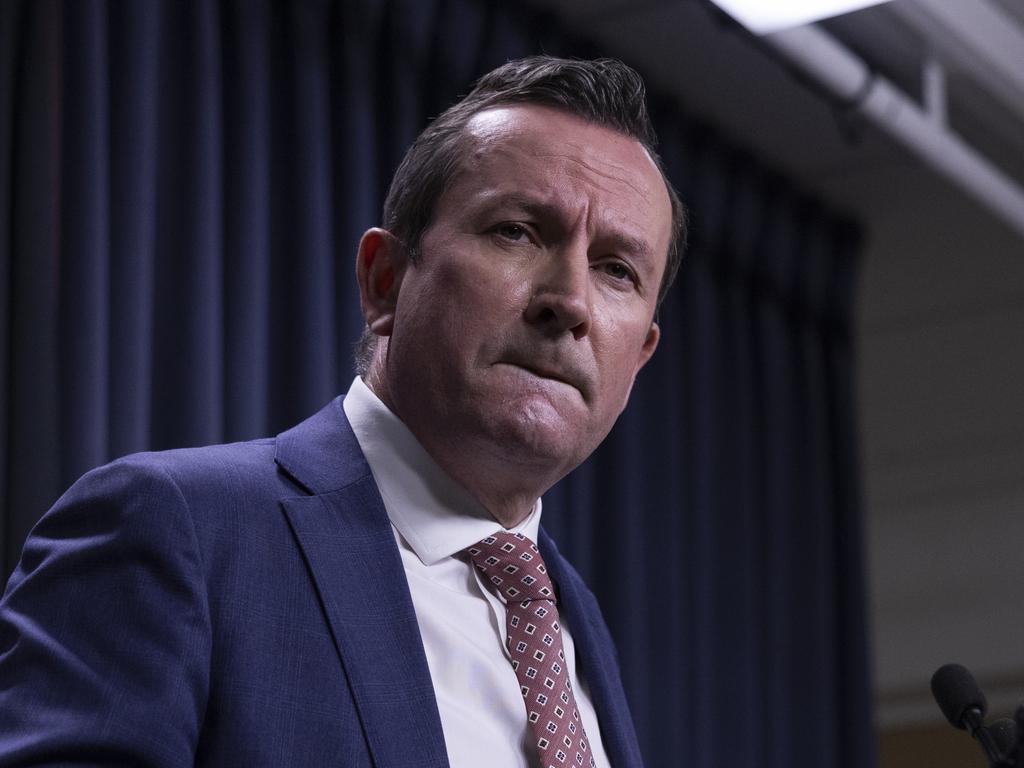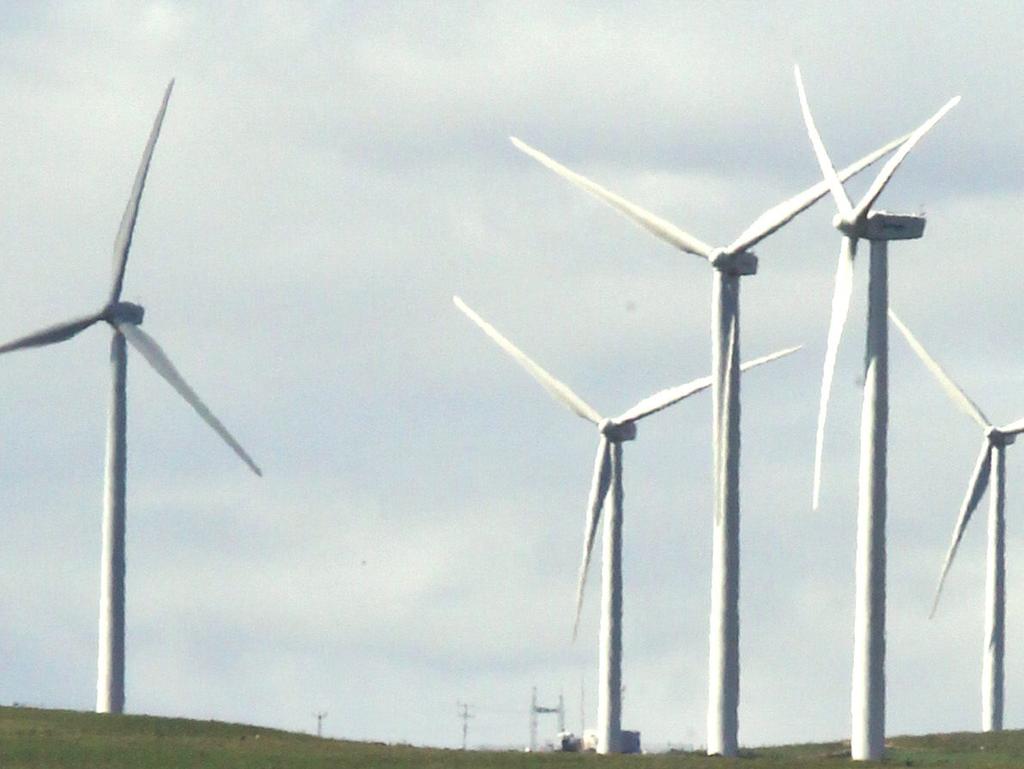Power giants AGL, Origin, EnergyAustralia lay down climate challenge
The ambitious 55 per cent emissions cut by 2035 has been laid out by Australia’s biggest electricity and renewable energy businesses

Australia’s most powerful energy companies have demanded a dramatic hike in the nation’s response to climate change, calling for a 55 per cent cut in emissions by 2035 across the economy to ensure the country can meet its net-zero target by the middle of the century.
The emissions goal has been laid out by Australia’s biggest electricity and renewable energy businesses, many of which are also big emitters, in an attempt to push the transport and heavy industry sectors to lift their commitment to cutting pollution.
The move is a big jump from the Morrison government’s plan for a 26 to 28 per cent emissions cut by 2030 on 2005 levels, but energy companies say greater action is needed to ensure Australia can deliver on its bid for net zero by 2050.
Hitting net zero implies a 58 per cent reduction in 2035 from 2005 levels, according to the Australian Energy Council, justifying at least a 55 per cent cut given its conclusion that Australia is already behind the “straight line” required to hit its goals.
“2030 is only eight years away. Decarbonising the economy is the 21st century’s great challenge, but it won’t happen instantly. We think 2035, half-way to 2050, represents a sensible and realistic timeframe for a 55 per cent economy-wide reduction,” said Sarah McNamara, chief executive of the Australian Energy Council, which represents the country’s biggest power and clean energy companies including AGL Energy, Origin Energy, EnergyAustralia, Alinta, Snowy Hydro, CleanCo and Iberdrola.
“We are confident the economy can meet this 2035 target and we are keen to help other sectors engage in the energy transition, but the time to act is now.”
The new target, to be unveiled on Thursday, is the first move by big business in Australia to push for a steeper interim cut in emissions since the COP26 climate meeting in Glasgow, with Scott Morrison in the lead-up unveiling an investment of up to $120bn for emerging technologies to help achieve the net-zero ambition.
Government forecasts show electricity sector emissions will reduce by the targeted level of 55 per cent from 2005 levels by 2030, as high-polluting coal gets pushed out of the power grid, exiting three times faster than expected.
Energy companies say the rest of the economy needs to contribute its share. While the electricity industry is the biggest emitter of carbon dioxide, sectors including transport, agriculture and fossil fuels used directly by industry also need to step up, according to the AEC, with technology able to help cut an extra third of emissions.
Government forecasts “show no other sectors making a material improvement by 2030. In fact, transport is expected to see its 2005 level emissions grow by 18 per cent by 2030,” Ms McNamara writes in The Australian today. “We need to get all sectors of the economy joining the electricity sector on the decarbonisation journey and we need to start moving now.”
The AEC promised support for a net zero by 2050 target in June 2020, but said an interim pathway was needed to deliver on that pledge. “As the electricity industry eliminates the third of Australia’s emissions that it has historically produced, with today’s technology it can help to eliminate as much as another third in areas like transport, manufacturing and residential.”
“We see clearly the opportunity these sectors have to slash emissions, and that’s why we’re supporting a 2035 target, to give them time to realise them.
“A ‘55 by 35’ target is the next logical, responsible step on Australia’s road to net zero by 2050,” Ms McNamara said.
It also represents a different approach to the high-profile climate push made by the Business Council of Australia, which demanded the nation should almost double its 2030 emissions reduction target to between 46 per cent and 50 per cent.
While many members of the AEC are also BCA members, there was concern the business lobby’s economy target required electricity moving to 85 per cent renewables in 2030 with few other sectors positioned to make a significant contribution in that timeframe.
The BCA modelling compared with government forecasts projecting 61 per cent renewables by 2030. Energy companies said moving too abruptly to a renewables-based grid could prove counter-productive. “Because it is the only sector making progress, aggressive 2030 targets impractically place the burden almost exclusively on electricity’s shoulders,” Ms McNamara said.




